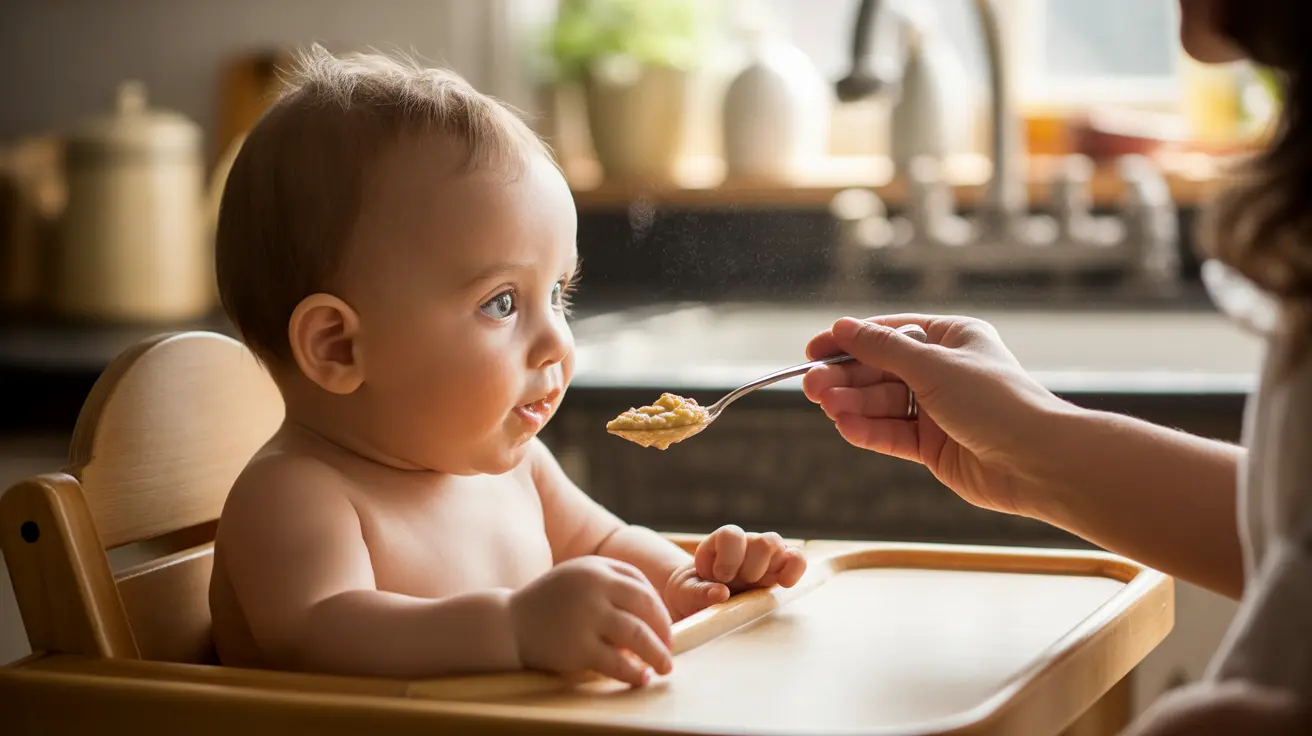As your baby grows and develops, their nutritional needs evolve, making the transition to stage 2 baby food an exciting milestone in their feeding journey. This comprehensive guide will help you understand when and how to introduce more complex textures and flavors to your little one's diet, ensuring a safe and enjoyable feeding experience.
Understanding Stage 2 Baby Food Basics
Stage 2 baby food represents an important step up from the simple purées of stage 1, introducing your baby to thicker textures and more diverse flavor combinations. These foods are specifically designed for infants who have mastered basic purées and are ready for more advanced eating experiences.
When to Begin Stage 2 Baby Food
Most babies are ready for stage 2 foods between 6 and 8 months of age. However, every child develops at their own pace, and it's essential to watch for specific developmental signs that indicate readiness:
- Has good head and neck control
- Can sit upright with minimal support
- Shows interest in more textured foods
- Has successfully handled stage 1 foods
- Makes chewing motions with their mouth
- Can move food from front to back of mouth
Characteristics of Stage 2 Baby Food
Stage 2 baby foods have distinct features that set them apart from earlier feeding stages:
Texture and Consistency
These foods are thicker and more textured than stage 1 purées, but still smooth enough to eat without much chewing. They may contain small, soft lumps to help develop your baby's oral motor skills.
Portion Sizes and Ingredients
Stage 2 foods typically come in larger portions and contain multiple ingredients combined to create more complex flavors. Common combinations might include:
- Apple and carrot
- Sweet potato and chicken
- Banana and oatmeal
- Peas and potato
- Mixed vegetables with rice
Making Homemade Stage 2 Baby Food
Creating your own stage 2 baby food can be both economical and rewarding. Here's how to do it safely:
Essential Equipment
- Food processor or blender
- Storage containers
- Ice cube trays for freezing
- Steamer basket
- Fine-mesh strainer
Safety Guidelines
When preparing homemade baby food, always:
- Wash hands thoroughly before preparation
- Clean all equipment properly
- Use fresh, high-quality ingredients
- Store properly in clean containers
- Label with preparation date
- Use within 48 hours if refrigerated
Foods to Avoid During Stage 2
While expanding your baby's diet, certain foods should still be avoided:
- Honey (risk of infant botulism)
- Added salt or sugar
- Artificial preservatives
- Common allergens without medical guidance
- Raw or undercooked foods
- Foods with hard chunks or seeds
Frequently Asked Questions
When is the right time to start feeding my baby stage 2 baby food?
Most babies are ready for stage 2 baby food between 6 and 8 months of age, once they can sit upright, have good head control, and have successfully managed stage 1 foods for several weeks.
What types of foods and textures are included in stage 2 baby food?
Stage 2 baby foods include thicker purées with soft, small lumps and multiple ingredients combined. They're more textured than stage 1 foods but still easy to swallow, featuring combinations like fruits with grains or vegetables with proteins.
How can I safely introduce homemade stage 2 baby food to my infant?
Introduce homemade stage 2 foods one ingredient at a time, waiting 3-4 days between new foods to watch for allergic reactions. Ensure proper food safety by using clean equipment, fresh ingredients, and appropriate storage methods.
What are common foods to avoid when giving stage 2 baby food to my baby?
Avoid honey, added salt or sugar, artificial preservatives, hard chunks or seeds, raw foods, and potential allergens without medical guidance. Always ensure foods are properly cooked and pureed to an appropriate consistency.
What developmental signs indicate my baby is ready for thicker and more textured foods?
Key signs include good head and neck control, ability to sit upright with minimal support, showing interest in food, making chewing motions, and successfully managing stage 1 purées. Your baby should also be able to move food from the front to the back of their mouth.




